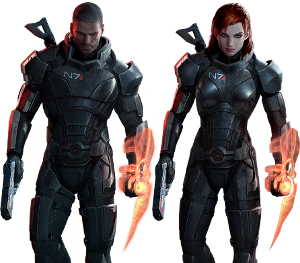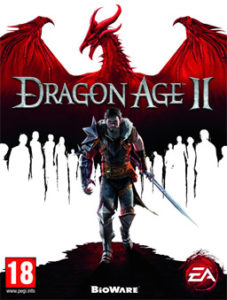This month’s topic comes at a really fortunate time for me, as I am just in the process of building my brand right now. I have my first release coming up in about four weeks, with three other releases coming in 2018.
I’ve done most of the things the majority of books and blogs will tell you to do:
- I have a website
- I have social media pages devoted to my books
- I have started a mailing list
- I have a marketing plan ready
- I have beta readers going through the first book
Most importantly, I have exciting books with engaging covers, professional editing and well-crafted sales copy.
So I’ve done it all, right?
Well, no. Certainly what I have above is only some of the most common suggestions. There’s plenty more you can do, the primary gates being time, money, and comfort level.
The other issue though is that I’ve built a house no one lives in. Without an actual launched title, there’s little reason for anyone to visit my website, subscribe to my mailing lists, care about my Twitter posts, and so on.
Discoverability is a huge challenge for someone just starting out, so I wanted to focus on just one thing I’ve done that has shown me some benefits. I wrote a mailing list magnet story, and I’m giving it away for free.
YOUR MAILING LIST
Let me cover why I’m focused on my mailing list. There are certainly a lot of other ways to get visibility including any number of advertisement options. I like the mailing list because of how much control I have over it and how personal a connection it would be with my fans.
Also, ‘focus on your mailing list’ might be the most consistent piece of marketing advice I see, right up there with ‘nothing will market your current book better than your next book’.
Of course, that doesn’t help me when I don’t have a book out yet. So a good writer friend of mine turned me on to the idea of a mailing list magnet. The idea being that you write a story set in the world of your novel and give that away in return for a sign-up to your mailing list.
So I wrote ‘Cracks and Crevasses’, a little 6k word short story that tells of the first meeting between the two main characters of my fantasy series. If you go to my website, you’ll see the option to sign up for my mailing list in return for a free story.
I worked with my cover artist to get a nice low-cost cover done that was still consistent with my branding. I had the story edited as well, since the whole point of the story was to introduce me to people new to my work. I wanted to make a good first impression!
I then plugged the story on my social media feeds and was happy to see many of my family, friends and writing associates go snap it up. My mailing list grew into the mid-teens, and there it stayed. Because no one goes to my website to begin with. I don’t have a book out, I’m not yet paying for any adds.
So what was the point, right?
ENTER INSTAFREEBIE
Instafreebie is a site that lets you give your story away in return for a mailing list sign up. You can run your own giveaway, or you can join dozens of other authors in targeted giveaways that can be focused on any number of themes. Each author then takes the links to that giveaway and tells their audiences about it – which is a much farther reach than a new author like myself could have!
I chose an optional opt-in method, which allows people who are downloading my story to decide if they want to sign up for my list rather than requiring it. I joined a few group giveaways along with my own, and in the process made a few new author friends who got excited about my story and plan to promote it to their lists.
My giveaways have only been running about 48 hours. As I write this, ‘Cracks and Crevasses’ has been downloaded about 100 times, and my mailing list size has doubled. Even the folks who downloaded but didn’t opt in to sign up for the list may sign up later – I made sure to include links to my mailing list and my novel pre-order on the back page of the story.
So as I said in the open, there are a lot of ways you can work on increasing your audience and building your fanbase. This is just one, and I’ve just started – but so far I’m happy with how its working out.
(A final note: The whole concept of the author mailing list and how addresses are collected and used is a currently evolving situation in light of the recent European GPDR rules. I highly recommend searching those rules out and finding a good advisory source to ensure you are compliant.)


